
Light Needs

Mature Height

Mature Spread

Growing Zones
Chinese Snowball Viburnum, Viburnum macrocephalum, is a beautiful shrub with hydrangea-like flowers to include in your landscape. With a rounded form and a semi-evergreen nature, this shrub blooms in the late spring with large, 8-inch white flowers. They start out with a light green tint, but develop into elegant, snowball-sized flowers. During the other seasons, this shrub has simple green leaves that make it a great backdrop for other plants in the landscape. These are large shrubs that can grow up to 12 feet tall and wide.
The Chinese Snowball Viburnum is native to China, but does excellent in growing zones 6 to 9. These shrubs are great in mass plantings to create backgrounds, borders or hedges. The dark leaves are semi-evergreen in southern regions. Which means that some of the leaves fall off, but some of the foliage is there all year. The flowers are the size of softballs, and the bushes are often covered in the flowers from April through May (depending on where you live).
Chinese Snowball Viburnum Care
Plant this viburnum in moist, well-drained soil. If the soil doesn't drain well, you can notice by looking at the base of the plant after a good rain. If there are puddles, that is a good indication that you should add more dirt around the shrub creating a mound. This should help. We also recommend adding mulch to the base of the plant to help retain moisture and protect the roots during periods of harsh weather. Prevent the shrub from being exposed to cold, drying winds in the winter.
Fertilizing is not required and this plant does not need heavy feeding. Too much fertilizer can harm the plant and promote rotting. If you do choose to fertilize the plant, use a balanced 10-10-10 fertilizer designed for woody material. Apply during early spring.
These plants do not produce seeds which means they are a non-invasive plant that is botanically sterile. This also means the plants do not produce fruit like other viburnums will. The flowers are more for show, as they do not have a fragrance to them. The plants are not toxic to pets or humans according to the ASPCA website. However, a mild stomach ache could occur if humans consume any part of the plant.
Pruning Chinese Snowball Viburnum
Be sure to prune after the flowers have died in the early summer. Do this every 3 to 5 years to rejuvenate the plant. Remove the oldest and fattest stems all the way to the ground, which will allow the younger stems to produce the best looking flowers. You can also do light trimming on the plant every year, by lightly shaping the plant and removing any dead branches. Pinch or deadhead spent blooms to help promote new growth.
Chinese Snowball Viburnum Spacing
For an informal hedge or mass planting, space this shrub out at least 18 feet on-center. For a more formal, dense hedge, plant shrubs 12 to 15 feet center-to-center. These require very large garden planters if you choose to grow these in a container, but it can be done if there is good drainage and enough room for the plant to grow.
Chinese Snowball Viburnum Information
| USDA Hardiness Zones: 6-9 |
| Plant Type: Shrub |
| Sunlight Exposure: Partial Shade to Full Sun |
| Mature Height: 12-15 Feet |
| Mature Width: 8-12 Feet |
| Plant Spacing: 6-10 Feet |
| Growth Habit: Upright |
| Flower Color(s): White |
| Seasonal Interest: Early Summer |
| Foliage Type: Evergreen |
| Foliage Color(s): Green |
| Resists: Deer |
| Features: Cut Flowers, Foliage Interest, Low Maintenance, Native to North America |
| Uses: Border, Cut Flowers, Foundation, Specimen |
| Botanical/Scientific Name: Viburnum macrocephalum 'Sterile' |
Simple Plant Spacing Calculator
Please Note: The pictures below are to give a general representation of the different container sizes. The actual size/ages of plants are estimates and will vary based on type of plant, time of year, last pruning & many other factors.
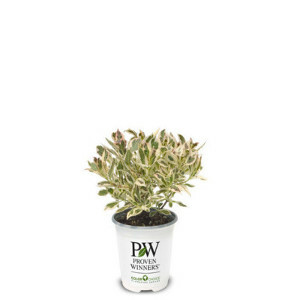
Also Known As:
Quart
Plant Age:
~ 6 months - 1 year
Plant Size:
~ 4"-8"
Pot Size:
~ 4.75"H x 4.5"W
Volume:
1.50 quarts
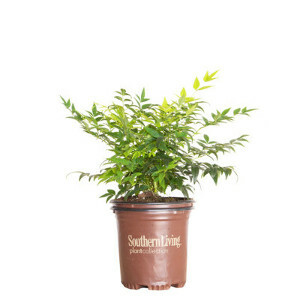
Also Known As:
2.5 Quart Pot
Plant Age:
~ 1 - 2 years old
Plant Size:
~ 8"-12"
Pot Size:
~ 6.5"H x 6.5"W
Volume:
2.20-2.30 quarts
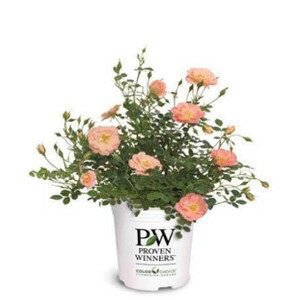
Also Known As:
#1 Container
1 Gallon
Plant Age:
~ 1 - 2 years old
Plant Size:
~ 10"-14"
Pot Size:
~ 7"H x 7.75"W
Volume:
2.26-3.73 quarts
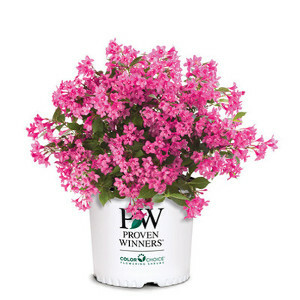
Also Known As:
#2 Container
2 Gallon
Plant Age:
~ 1.5 - 3 years old
Plant Size:
~ 12"-18"
Pot Size:
~ 9.5"H x 9.5"W
Volume:
1.19-1.76 gallons
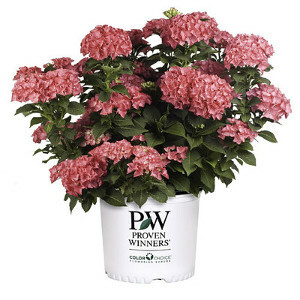
Also Known As:
#3 Container
3 Gallon
Plant Age:
~ 2 - 4 years old
Plant Size:
~ 12"-30"
Pot Size:
~9.5"H x 11"W
Volume:
2.32-2.76 gallons

Also Known As:
#5 Container
5 Gallon
Plant Age:
~3-4 years old
Plant Size:
~ 20" - 60"
Pot Size:
~11" H x 10 1/2” W
Volume:
3.5 - 4 gallons

We stand behind our plants with industry-leading guarantees to give you peace of mind.
We want your plants to arrive in great condition! If you notice any issues upon delivery, contact us within 3 days.
Starting January 1, 2026 all bushes, perennials & trees purchased come with an extended 1-year warranty for added confidence. If your plant dies due to a health issue within a year, we’ll make it right.

Pre-ordered plants are scheduled to ship in Spring 2026. We carefully plan our shipping dates based on your USDA Plant Hardiness Zone to ensure optimal planting conditions upon arrival. Want it sooner/later? Reach out, and we'll try our best to accommodate.
Estimated ship week for pre-ordered plants will ship based on growing zones as shown below.
| Growing Zone | Estimated Ship Week |
|---|---|
| Zone 10 | March 30th |
| Zone 9 | March 30th |
| Zone 8 | April 6th |
| Zone 7 | April 13th |
| Zone 6b | April 20st |
| Zone 6a | April 27th |
| Zone 5b | May 4th |
| Zone 5a | May 11th |
| Zone 4 | May 18th |
| Zone 3 | May 25th |
Note: These are only estimated ship dates. Plants may ship out later depending on weather & growing conditions of the plant.
Note: Only plants indicated as pre-order will ship as shown above. All other plants and hard goods will ship as normal.
Plants that are currently in stock typically ship within 2-7 business days after your order is placed.
Plant Addicts ships to the lower 48 states within the U.S. Unfortunately, we do not currently ship to Alaska, Hawaii, or internationally.
This plant cannot be shipped to the following states: AK, HI. These restrictions apply only to this specific plant due to agricultural regulations or other limitations. Other plants may still be available for shipping to these states.
If you have any questions about shipping restrictions, feel free to reach out to our team!



